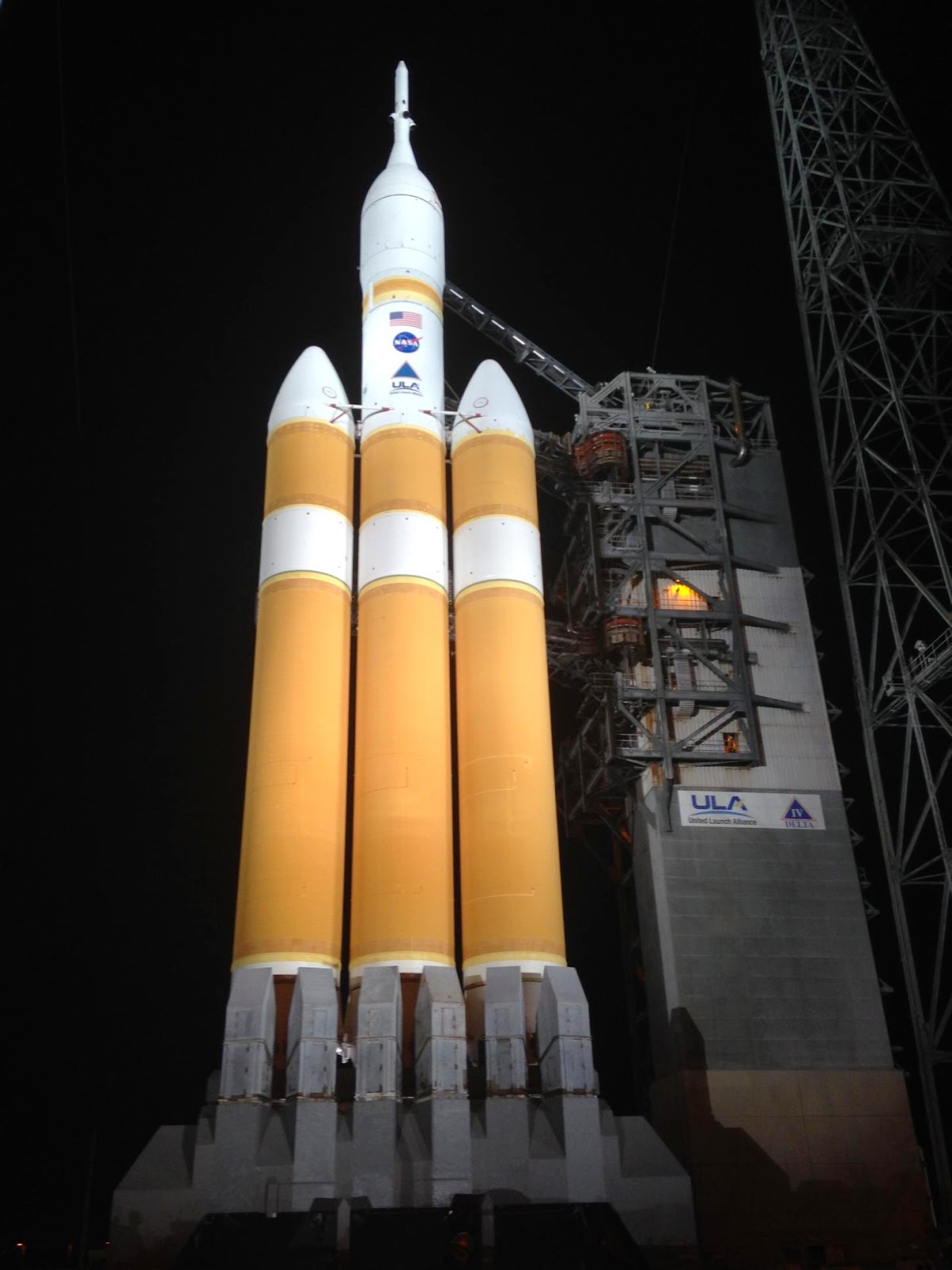If I wanted to fly to London from Seattle, it would cost me about $1300 round trip on a Boeing 747-8. On the other hand, if I needed to purchase a Boeing 747-8 for myself to get to London, that would cost me around $370,000,000. If I had to purchase my own Boeing 747-8 to fly to London, but I could only fly it one time and one way, and would need to buy a second 747-8 (which could also be used only one time) in order to get back to Seattle, now we're looking at almost 3/4 of a billion dollars just in aircraft alone, for a single round-trip flight to London. I like London, it's an amazing city, but not for that price. Divide $740,000,000 by 470 passengers and that comes down to about a million and a half dollars per person; still pricey but I personally know people who could do it, if they sold all of their stuff. If, instead of only using the aircraft for a single one-way trip we could use it over and over, in only six hundred trips at $1300 a seat we will have paid for the aircraft.
So, if I translate this for a colonization mission to Mars, in order to build any permanent colony of any size at all (on Mars, or the moon, or really anywhere) then I need my rockets to leave earth, land on Mars, leave Mars and then land back on earth, in more or less the same configuration it took off in. This is reasonable, but unfortunately this is not, to date, the way spaceflight has been able to work.
If we look at the Apollo/Saturn V moon landings as a baseline of the physics needed to send and return humans to and from another world, it is apparent that in order to reach space and return from it, a spacecraft must almost continually shed excess weight. Saturn V stood some two million kilograms on the launch pad, whereas the Apollo command module which ultimately splashed down weighed maybe a thousand kilograms. This is sloppy, expensive and wasteful, but it is the only way to get a payload of this size into space with current technology.
Tsiolkovsky's rocket equation;
in which the weight of the rocket and fuel at the beginning of the launch and at the end of the launch must not exceed the effective exhaust velocity of the rocket. With existing propellants, it is nearly impossible to lift a payload of any real size even to low earth orbit with only a single rocket stage.
So, almost certainly, the first spacecraft to land humans on Mars will be of this Saturn V-type design, either SLS/Orion, or something very much like it. For exploration missions, this is fine, albeit expensive. The advantage is, we already know how to do this. For a colonization mission, the spacecraft are going to need to be much more like a 747, as far as re-useability. Elon Musk is going to want his rockets back, so he can use them again. Simply piling up hardware on the Martian surface, or at the bottom of the Atlantic, is a lousy business model.
SpaceX has already developed a vertical takeoff and landing rocket prototype, called Grasshopper. It is elegant, but burns lots and lots of heavy propellant to be able to control its landings. It is noteworthy that to date, no SpaceX cargo rocket to the ISS has actually utilized this technology, opting instead for multistage rockets and parachute descents. Adding the fuel weight for a Martian descent and surface escape launch, and still having the delta-v to reach orbit, is challenging at best. But necessary, if Martian colonization is going to be available to anybody but the very, very wealthy.

























.jpg)

